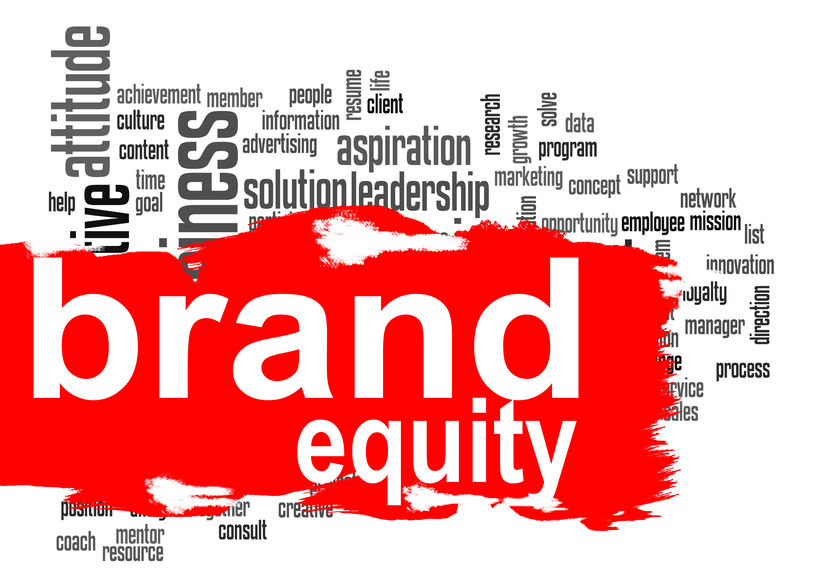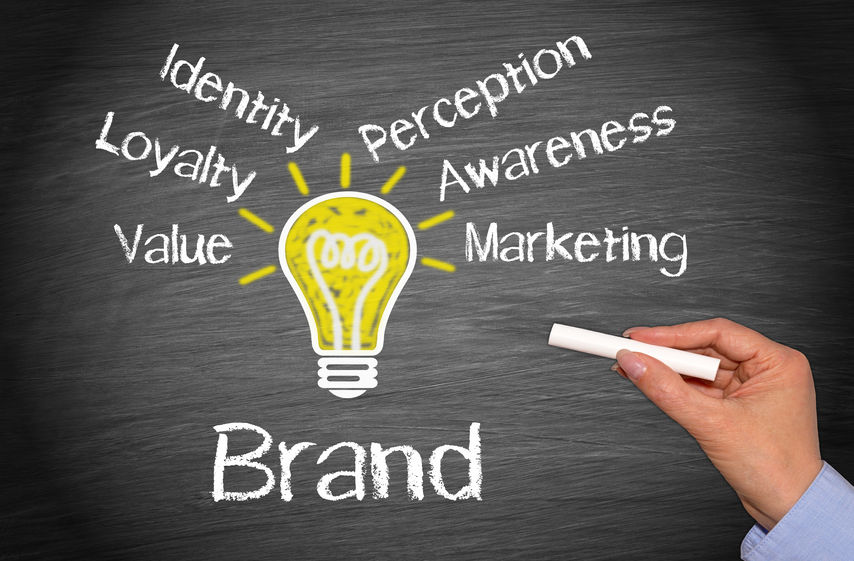
A company’s brand plays a vital role in the long-term success of any business entity. It is more than a product catalog, a logo and color scheme. A brand represents the totality of who the company is as an organization and the values it communicates to and shares with its stakeholders. In the simplest terms, a brand is what customers and prospects think of when they hear a company name. A recognizable and trustworthy brand goes a long way to generate leads and boost sales.
Defining Brand Equity
Brand equity is defined as the public’s valuation of a brand. It can have tangible or intangible value, positive or negative. The measurement of brand equity is derived from consumer knowledge, perceptions and experiences with the brand. In order to build brand equity, a solid foundation of quality products and services is a must. But beyond business essentials, there are many factors that shape and improve a company’s brand and its perceived value and success.
How to Build Brand Equity

- Craft a clear mission and vision. It’s difficult to create a distinct corporate brand without having a clear vision and mission statement. The vision of the company represents why the company is in business and what it hopes to achieve. The mission describes what the company does and who it serves. Make sure these two elements are in alignment to develop and maintain a successful brand.
- Increase brand awareness. Use a combination of both digital and print marketing outreach to make your company and its brand known. This includes a website, social media, content marketing, advertising, events and networking.
- Foster trust. In the B2C environment, an emotional connection nurtures a relationship between a consumer and a brand in a visceral way, whether that’s through entertainment, excitement or even guilt or fear. Since B2B is a more logical and value-driven marketplace, emotion often arises in the form of trust. Build a credible and trustworthy brand through consistent communication, transparency, authenticity and content such as testimonials, reviews and case studies that showcase customer successes and positive experiences.
- Connect, communicate and respond to your market. By communicating with your target market, you gather the tools and information needed to address their challenges and interests. Create avenues that encourage engagement with your brand through social media outreach, interactive content, surveys, email campaigns and even phone conversations.
- Encourage brand loyalty. A powerful brand incites loyalty from its customers. Whether you create loyalty programs, exclusive offers and promotions, regular performance reviews or promise never to raise their fees, there are many ways to encourage a loyal customer base. The key is to understand your target market well enough to create a buyer’s journey they want to experience again and again and would recommend to others.
Brand-Building Opportunities

In the B2B marketplace, purchase decisions are highly value-driven, based on specified budgets, consultative relationships and long-term investments. It’s easy to think that brand doesn’t play as much of a factor. However, brand equity is ranked third most important after price and product. It is everything you do, the commitments you make and how you deliver on those promises. Every interaction is a brand-building opportunity and will either strengthen or weaken your brand in the mind of your customers and prospects. When executed successfully, branding results in respect, appeal, loyalty and value. Ultimately, these benefits translate into profits and long-term value.

Comments are closed.